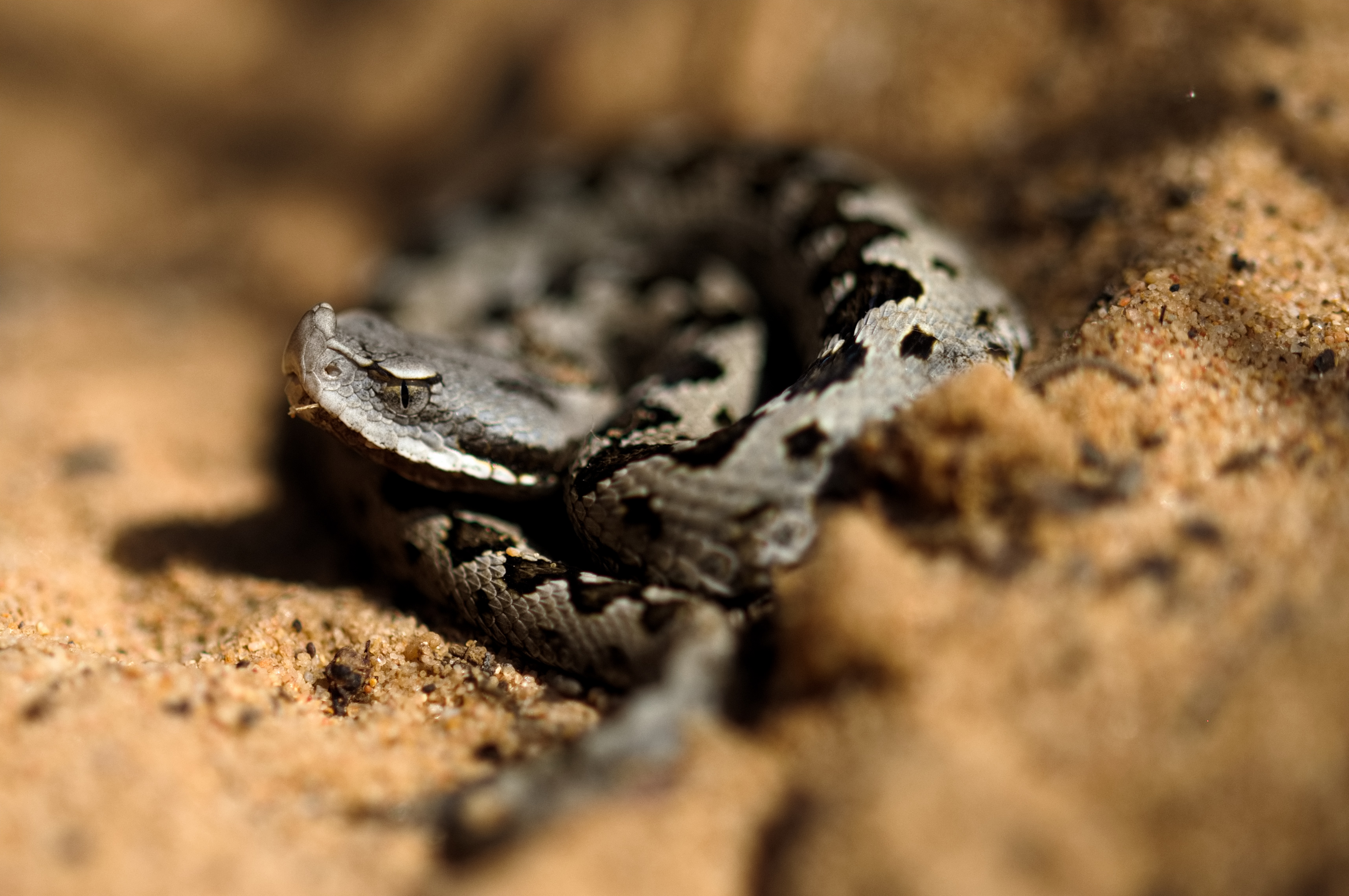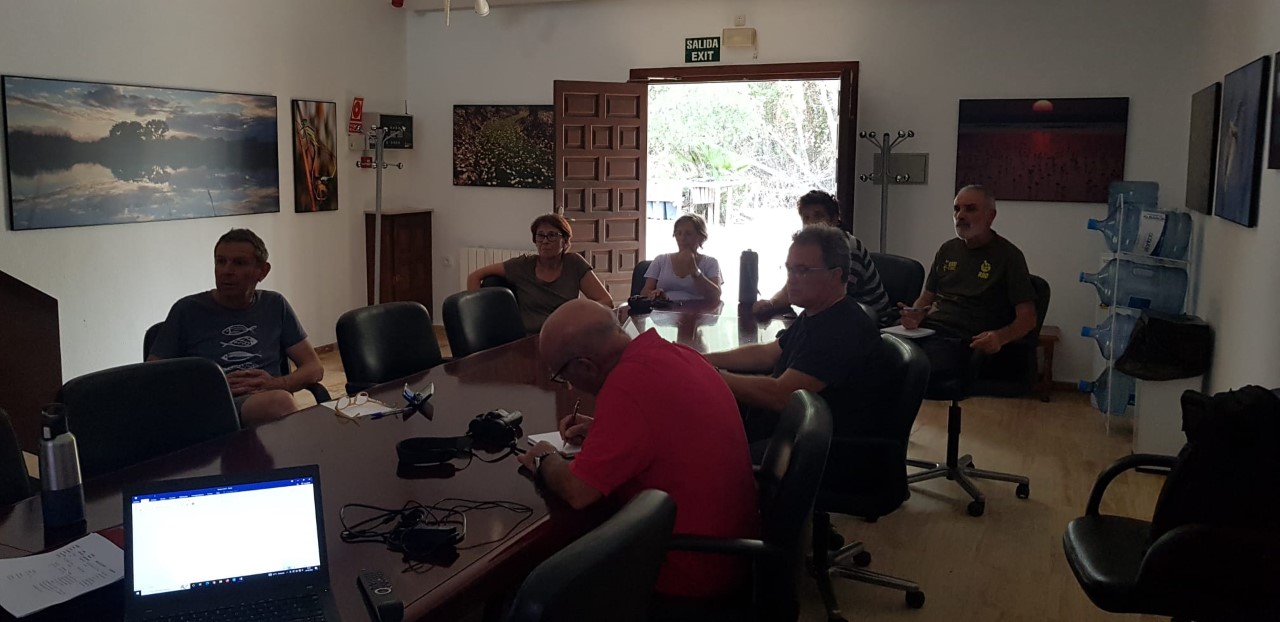During the week of 19th until 22th of September, members of the Natural Processes Monitoring Team (ESPN) of the Singular Scientific-Technical Infrastructure of Doñana (ICTS-RBD), have celebrated a meeting in the Doñana Biological Reserve with expert herpetologists, in order to review and improve the monitoring protocol for geckos and lizards which is applied since 2005. Among the assistants, several Spanish herpetologists with a great scientific career have participated: Dr. Juan M. Pleguezuelos, Dr. Xavier Santos and Dr. Fernando Martínez-Freiría, as well as Enrique Ayllón, responsible for the Monitoring Program of Amphibians and Reptiles in Spain (SARE) of the Spanish Herpetological Society (AHE).
The meeting started with several presentations focused on the current protocol (Rosa Arribas), methods for sampling reptiles based on transects and artificial refuges (Juan M. Pleguezuelos and Xavier Santos), monitoring of Reptiles in Spain used as an index of the state of Spanish herpetofauna (Enrique Ayllón), results of an experimental design for reptile monitoring with artificial refuges in Doñana (Paco Carro and Mizar Torrijo), and the importance of developing population monitoring studies for the Lataste's viper (Vipera latastei) to help its conservation (Fernando Martinez-Freiría).
During these days, the participants also visited the sampling transects of reptiles located in dunes and Mediterranean vegetation, and the plots with artificial refuges distributed in the Doñana area. The participants also performed specific transects in order to find Lataste's viper. During this week, individuals of various reptile species have been observed: the ladder snake (Zamenis scalaris), the Montpellier snake (Malpolon monspessulanus), the Latastes's viper (V. latastei) (Cover photo: juvenil of V. latastei at Doñana Biological Reserve. Author: Mizar Torrijo-Salesa), the Carbonell lizard (Podarcis carbonelli), the large psammodromus (Psammodromus algirus), the spiny-footed lizard (Acanthodactylus erythrurus) and the common wall gecko (Tarentola mauritanica)).
Finally, several methodological improvements have been discussed and proposed for calculating the abundance of species. Furthermore, the participants suggested to increase the number of plots with artificial refuges to get more information about several elusive reptile species such as amphisbaenians, skinks and snakes.

Long-term monitoring of reptile populations in Doñana is essential to understand how they are responding to climate change and habitat degradation. Reptiles are ectothermic animals which require the presence of good shelters for thermoregulation and survival, they have a low dispersal capacity and a small home range, so they are very sensitive to environmental changes in their habitats. In Doñana, reptiles play a very important role as predators and prey, and some of them, such as the ocellated lizard (Timon lepidus), are very rare today, despite having been a common species decades ago.
http://icts.ebd.csic.es/es/web/icts-ebd/inicio/-/asset_publisher/XK7SruSAAhGq/content/expert-herpetologists-visit-the-donana-biological-reserve-to-review-and-improve-the-lizards-and-geckos-monitoring-protocol?inheritRedirect=false&redirect=http%3A%2F%2Ficts.ebd.csic.es%2Fhome%3Fp_p_id%3D101_INSTANCE_XK7SruSAAhGq%26p_p_lifecycle%3D0%26p_p_state%3Dnormal%26p_p_mode%3Dview%26p_p_col_id%3D_118_INSTANCE_BHgplqOrdUaC__column-1%26p_p_col_count%3D1








 Las altas temperaturas están provocando que las lagunas y las marismas de Doñana pierdan agua rápidamente
Las altas temperaturas están provocando que las lagunas y las marismas de Doñana pierdan agua rápidamente



